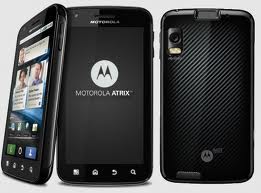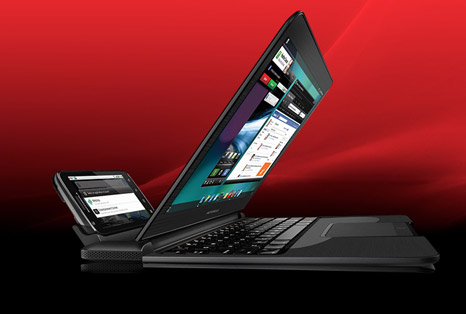If there was a product that truly surprised me, it was the new Sony “NEX” cameras. If you have read my earlier blogs, you can tell I’m no fan of the evil empire that is Sony. So this is a huge surprise to me as well. But it was deserved. The panoramic capabilities are nothing less than astounding. Shooting at 7FPS (frames per second) you simply sweep the camera from one side to the other (it doesn’t matter which direction) and it will seamlessly tie all the frames together. No external computer required any longer. The results speak for themselves … this may well be the best all purpose camera for sale today. On top of that amazing ability, it’s the first “point and shoot” camera with interchangeable lens … and what wonderful lens they are. They aren’t cheap, but they feel and perform at levels far beyond their price. This is SLR quality folks … just like the pros. It will even shoot in the pro format of “RAW” (which is sometimes called a digital negative … like the old film cameras). But should you decide to use “RAW” you’d better have the special software on your computer to process it and lots of SD memory cards … and I mean lots! A “RAW” format picture on a ten megapixel camera (which is around three meg using the .jpg format) may be around twenty-five meg! So a two gig memory card that may have held 400+ images may only hold around eighty.
Unlike most of its primarily plastic “point and shoot” brethren, the body is made of a magnesium alloy. The build quality reminds you of the Sony of twenty-five years ago.
And just like your TV gadget huckster … “Wait! There’s more!”
It shoots 3D stills and even will even record 1080i HD movies.
Sony had National Geographic’s premier photog go to Chile with it, and the shots he returned with (completely unedited in any fashion) were magazine quality … and this from a point and shoot pocket camera.
———————————————————————————————————————————————-
The next big winner is: Motorola
If there was ever a company that only produced “dead on delivery” products and was gasping its last, it’s Motorola. Just a few years ago their Razr phones set the standard. But the electronics biz loves a stationary target. And while they twiddled their thumbs, Apple put an arrow through the heart of Motorola. Razr sales plummeted and the iPhone became the new standard. While Moto won’t have the Apple fan boys dumping their precious status symbol, the rest of the world may see the new Android phone halt Motorola’s slide into obscurity.
In a stroke of pure genius, the kind that would have Steve Jobs gasping for air as he screams at his development team “why didn’t we think of that?”, Moto is releasing a phone that is essentially a dual core micro-computer. Its capabilities far outstrip the iPhone and iPad, but that isn’t the only thing that really sets it apart. The new Android has ports on one side that allow it to be placed into a dock that a standard monitor/mouse are attached to, effectively turning it into a desktop computer. Additionally Moto is producing what amounts to a dumb laptop terminal that the phone drops into. Start up is virtually instantaneous and resumes exactly where you left off when you “plug-in”. And voila!, … you have a basic laptop computer with 4G capabilities that allow mobile computing without paying for another mobile data account. That fact alone is worth about fifty bucks a month in savings for people that need on-the-go access to the web. The terminal even has a battery that runs the screen and charges the phone. The design can only be described as elegant. This is one of those items that needs to be seen, to be fully appreciated.
For many people this is the only computer they really need. Almost as powerful as a netbook, but less expensive and more flexible than a laptop. If you don’t need specialized software for your business, are a gamer or do video editing, this is very probably all the computer you really need. Retail for the laptop terminal is expected to be under $200.00. The phone’s release date is sometime this quarter.




